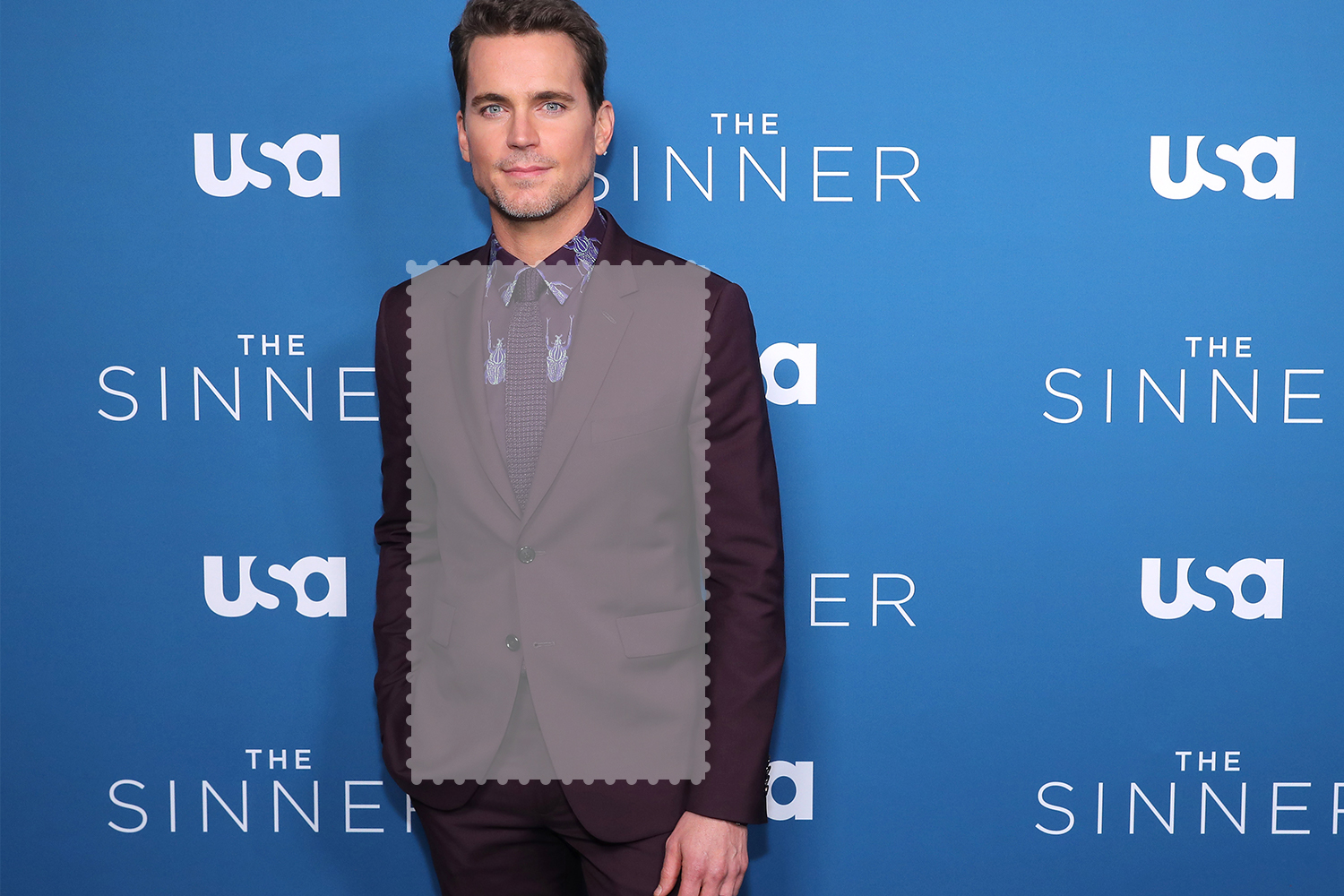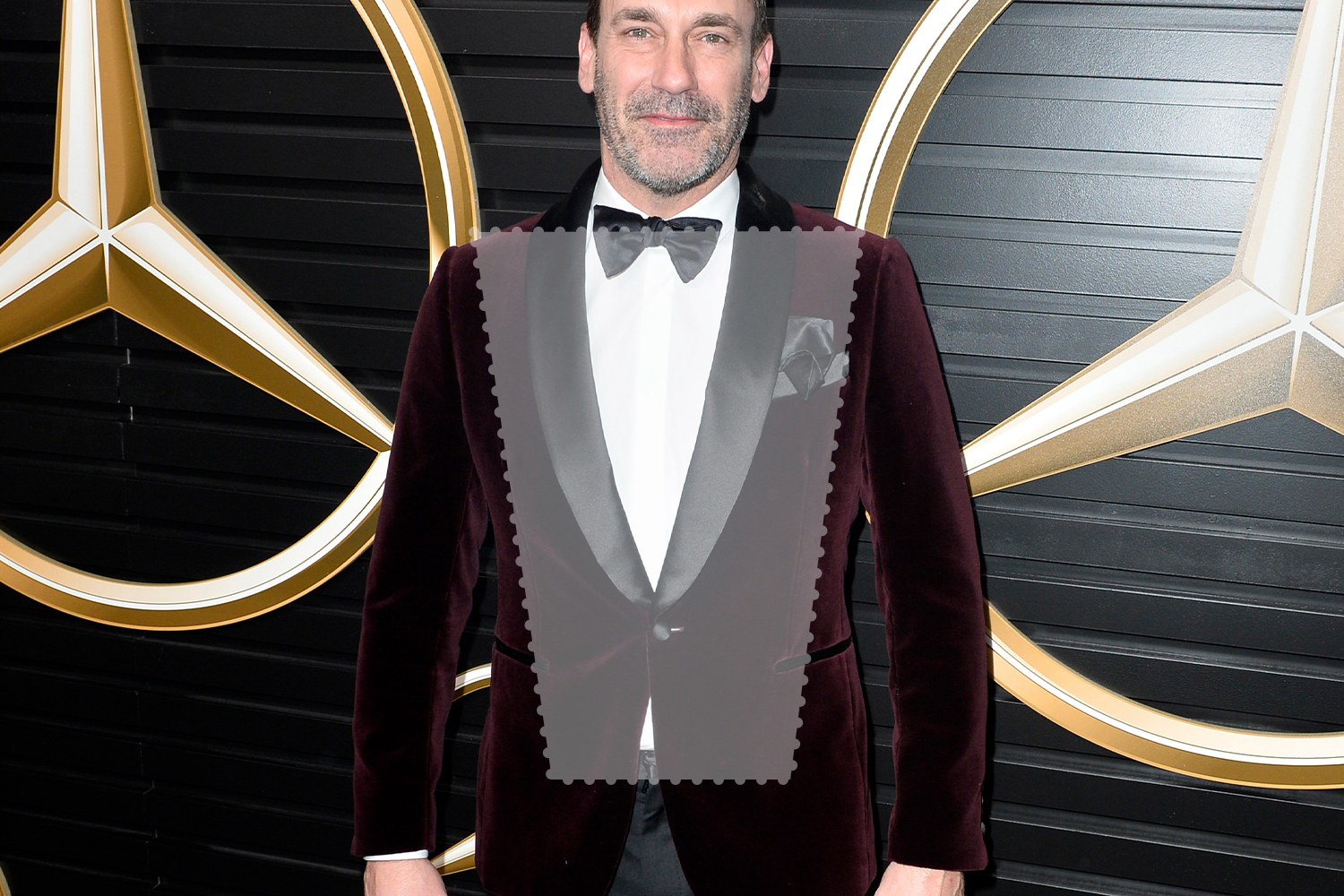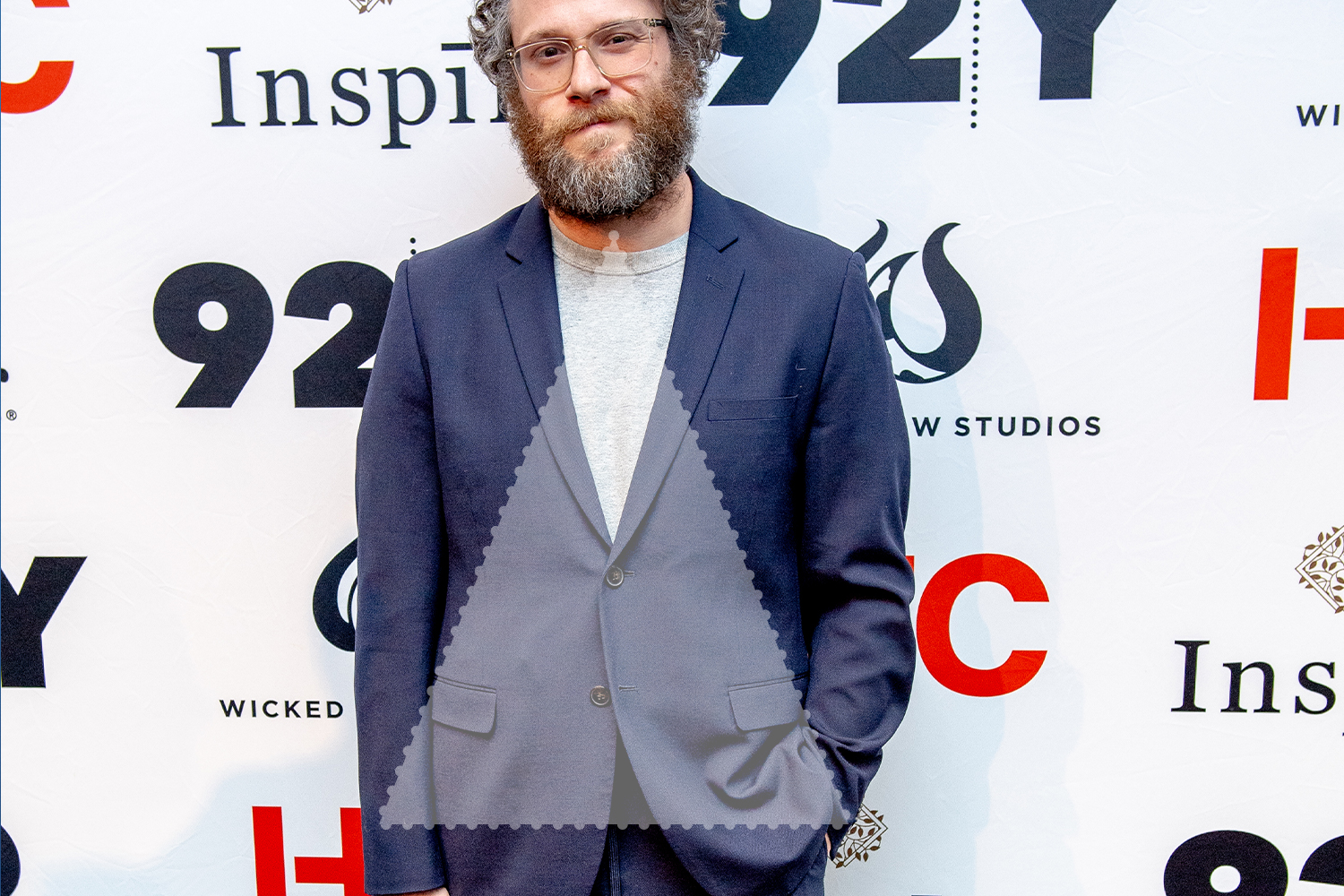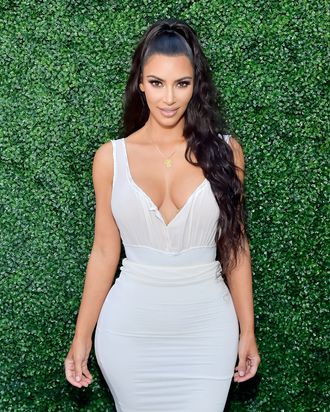Knowing how to dress for your body type is an art form. It’s one that women, and leaders in womenswear, have spent years learning and perfecting.There are entire tomes dedicated to the subject, weekly articles published under the overarching theme of inclusivity and regularly airing segments paying homage to body positivity — and, frankly, it’s about time. It’s helped women everywhere develop a sense of style, and an accompanying wardrobe that showcases their bodies in a meaningful — and flattering — way.
Suffice to say, however, that there is not that same emphasis when considering men’s body types — even in 2021 — and it’s unclear why. That’s not to say that it’s totally uncharted territory, it’s just not as widely publicized. It stands to reason that it’s because there are generally less fit variations in menswear, but nevertheless, that shouldn’t be a deterrent. There certainly exists enough fits, which is reason enough to know what works for you and what doesn’t.
The first step to dressing for your body type is familiarizing yourself with your shape. Historically, men’s bodies have been categorized by five main shapes — the triangle, the inverted triangle, the rectangle, the trapezoid and the oval. We realize that the notion that all four billion men on Earth fit neatly into these five categories is an unrealistic one at best, but it does function as a good jumping off point. Once you’ve identified a shape, it will become exponentially easier to determine what fits and silhouettes best suit you.
Now, it’s worth noting that regardless of your shape, the real focus should always be on what it is that you hope to achieve. Do you want to look taller? Slimmer? More proportionate? Defined? All are obtainable so long as you’re dressing for your frame, as opposed to strictly your height and weight. While these tips and tricks may be most conducive to certain builds, we’d implore you to experiment and see what works for you.
So we are proclaiming it finally time to retire that ill-fitting suit you got on sale a few years back, along with that pair of ultra-relaxed fit, light wash denim that you’ve got stashed in the back of your closet once and for all, in the name of dressing for your body.

Steve Granitz/Getty
The Inverted Triangle
The inverted triangle is defined by a broad chest and shoulders with a narrow(er) waist and hips. While Michael Phelps is an extreme example of this body type — you can be an inverted triangle and not an Olympian — you can probably recall a visual of his build on command, and therefore have at least loose understanding of this particular shape in action. When dealing with an especially broad set of shoulders, you may be looking to strike more of a balance between your upper body and your smaller-by-comparison waist area. The trick here is going to be to ultimately draw the eye away from the shoulders and chest, and more towards your lower half. Suit jackets, blazers and stiff dress shirts have a tendency to add a lot of extra bulk up top, which only serves to sharpen the contrast. Instead, opt for lightweight shirts and unstructured jackets and blazers that will hang a little looser over your shoulders. Skinny fit denim will have a similar effect by making your legs look even slimmer, so consider a more classic straight fit as an alternative. If you’re a pattern guy, horizontal stripes will make you look wider through the torso, and adding a belt can also help to shift attention more towards the waist, if you want to mix in an accessory, too.
Dos: V-necks, horizontal stripes, lightweight fabrics, unstructured blazers and suit jackets, slim fit chinos, dark-wash denim, belts.
Don’ts: Overly structured blazers and suit jackets, super skinny denim.

Roy Rochlin/Getty
The Oval
If you have a rounder torso — think James Corden, Kevin James and Elton John — you might be oval shaped, and potentially in pursuit of ways to achieve a slimmer look. Again, to reiterate, we want you to embrace your body and feel confident in your style decisions, so this is not to say you should want to look slimmer, only that if you want to, there are ways to achieve the effect. First, stick to darker hues — black and navy are especially flattering. Next, avoid horizontal stripes. Instead, select thin, vertical stripes, which help to lengthen the torso. In terms of fits, this is admittedly the trickiest shape to optimize: if your clothes are too big, you’ll look unnecessarily sloppy; too small, and you’ll be accentuating the girth you may be trying to conceal. For more than any other shape, getting an exact fit is key, which can be difficult when you’re buying off the shelf. If you don’t already have a good tailor, it’s time to invest in one. If you’re looking to accessorize — narrow-toed shoes can also contribute to the illusion of elongated appendages, but avoid statement belts that will invariably draw attention to your waist area.
Dos: Dark colors, vertical stripes, single breasted jackets, shoes with a narrower toe, medium rise denim, loosely tapered trousers.
Don’ts: Horizontal stripes, boots, statement belts, double breasted jackets, busy patterns, cropped or cuffed pants.

Jon Kopaloff/Getty
The Rectangle
Rectangle-shaped men, a la Matt Bomer and David Beckham, generally fall on the thinner side, with shoulders and a waist of roughly the same width. If this pertains to you, you may struggle with your clothes looking a little boxy, and as a result, be looking to add a touch more structure to your look. Here you’ll want to add some bulk to your upper body by investing in some nice, structured blazers and suit jackets, or anything with a bit of added heft in the shoulder area. A tapered trouser will give the illusion of a little more width in the waist, creating some additional contrast between your upper and lower halves, and patterns and prints will help to create some dimension — so do feel free to take a few liberties. Lastly, layering several pieces together will help to add some depth, so invest in a few cardigans and overshirts that you can easily throw on to any outfit. As far as things to avoid, straight and relaxed fit trousers, sleeveless shirts, and large geometric prints will only enhance any predisposition you have to shapelessness, so best to count those out.
Dos: Horizontal stripes, layers, padded shoulders, structured suit jackets and blazers, prints and patterns, single breasted jackets, tapered trousers.
Don’ts: Double breasted jackets, sleeveless shirts, large geometric prints, straight fit trousers.

Jerod Harris/Getty
The Trapezoid
If you’re healthy, naturally proportional, or you happen bear an uncanny resemblance to Jon Hamm, you’re probably a trapezoid. Almost all sample sizes are based on this shape, so chances are you don’t typically struggle with finding clothes that fit you (lucky you). If this rings true for you, you may just be out to better showcase what you already have, in which case — the slimmer or more tailored (not to be confused with skinny) the fit, the better. Easily accentuate your already-balanced proportions by pairing some dark wash denim, or any dark pant for that matter, with a lighter color shirt to create purposeful contrast. So too will shorter coats, and tapered blazers and suit jackets by metaphorically “cutting” you in half, again drawing attention to the preexisting balance between your upper and lower halves. Fortunately for all you trapezoids, there aren’t many styles we’d urge you to avoid altogether, though do proceed with caution where baggy or ultra relaxed fits are involved as they won’t do much for you.
Dos: Blazers and suit jackets with tapered waist, short coats, slim fit denim, tapered trousers, light colored shirts.
Don’ts: Anything baggy or ultra relaxed, low rise denim.

Roy Rochlin/Getty
The Triangle
The triangle shape is defined by a thinner frame, slightly narrow or sloping shoulders and a wider waist — think Seth Rogan, or a pre-Guardians of the Galaxy Chris Pratt. If you’re this guy, you’ve probably encountered some difficulty finding things that fit you properly, as most men’s clothing is designed with a broader-shouldered guy in mind. Like you may have guessed, dressing for a triangular body requires the exact opposite of the inverted triangle. In this case, the focus should be on drawing the eye upwards and away from the waist. Padded shoulders and structured jackets will provide you a little more substance up top, while the single breasted variety will spare you any extra fabric and subsequent bunching around the waist. Classic or relaxed fit trousers will also help to alleviate obvious disparity in proportions. Feel free to experiment with patterns and layering here, all of which will help to draw the attention upward, but do be weary of polo shirts and short coats. Polos will make your neck appear narrower and short coats will inevitably make you look wider — instead, try a scoop neck and a longer coat to help lengthen both vertically, and horizontally across the chest.
Dos: Vertical stripes, dark denim, single breasted jackets, layers, printed shirts, classic or relaxed fit trousers, structured suit jackets and blazers, padded shoulders, scoop necks.
Don’ts: Skinny or tapered pants, horizontal stripes, short coats, polo shirts, super lightweight fabrics.
January 25, 2021 at 10:15PM
https://ift.tt/3sZcJph
How to Dress for Your Body Type - InsideHook
https://ift.tt/2KksXom
Dress

No comments:
Post a Comment